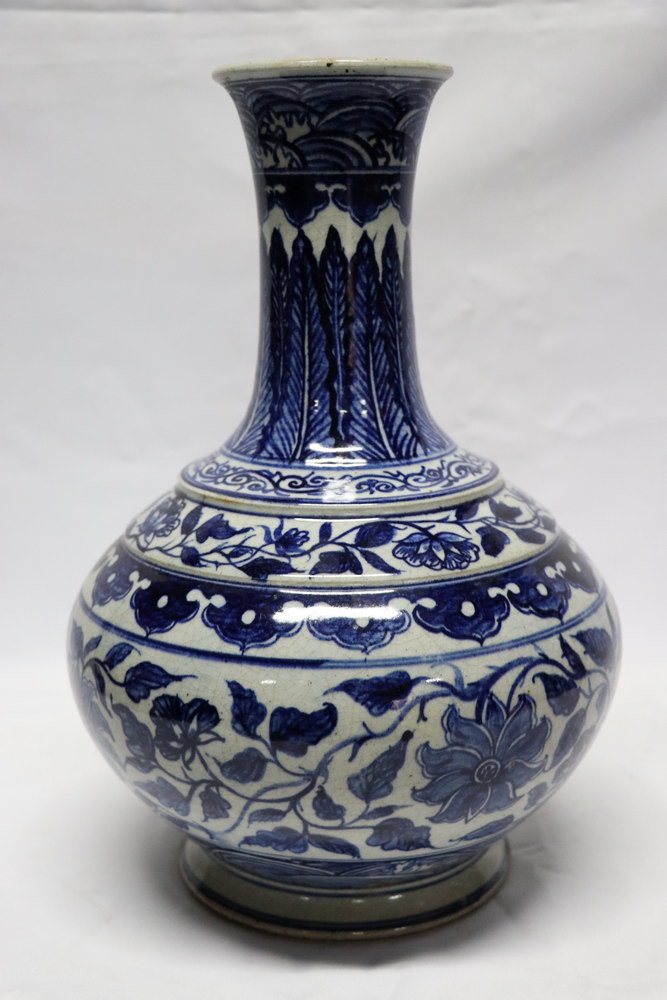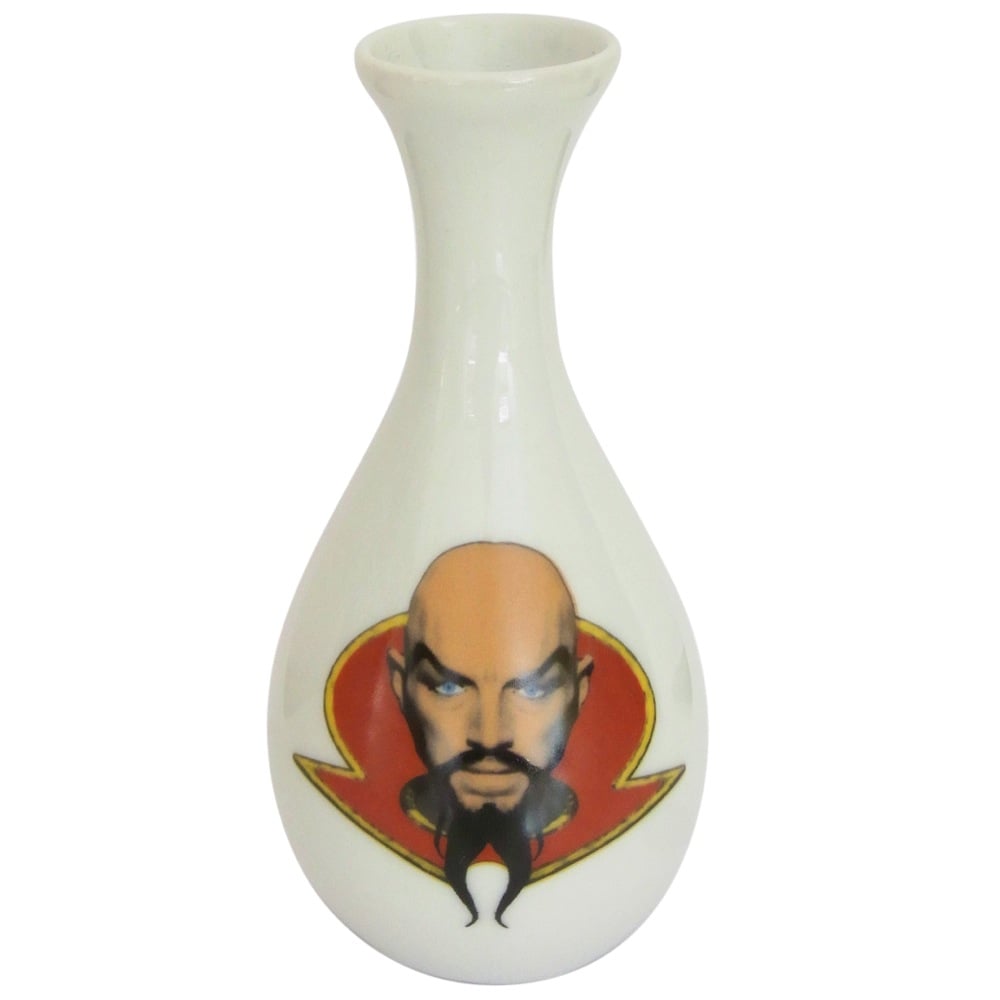

The bottom of this porcelain item cannot be very old judging from the glaze.Ĥ. Simplified characters would not have been in use in pre-communist China, that is before the fifties, which makes the vase modern or recent, if it were Chinese at all.ģ.


Traditional Chinese does not use this character, and in simplified Chinese although similar looking there is a slight difference compared to the Japanese version of the character. The last character (bottom character) of the left column means "painted".

This is never expressed this way in Chinese porcelain, as far as I understand.Ģ. The right column says who made the vase, the left one says who painted it. The style of the mark is more likely to be Japanese.Ģ. (Why am I so sure? I speak both Chinese and Japanese and checked the names on the Japanese and Chinese Internet, just to make sure.)ġ. In China this is mostly related to place names only, while in Japan it is BOTH a frequent family name and place name. The characters on the right are used both in Japan and China. The Manchus had their own non-Chinese characters which sometimes are shown on porcelain also, but it looks completely different from Chinese. As the social order broke down and smallpox spread, two competing rebel leaders, Li Zicheng and Zhang, took control of separate parts of the country and both declared new dynasties.The only characters I can see are those of the mark, and they are all Chinese characters used by the Han Chinese. In 1642, a group of rebels destroyed the dikes of the Yellow River and unleashed flooding that killed hundreds of thousands of people. Soon after, the country was further decimated by flooding, locusts, drought and disease. These circumstances lead to famine, which forced starving soldiers to desert their posts and form marauding gangs ravaging the countrysides.īy 1632, the gangs were moving east, and the Imperial military proved incapable of stopping them. A drop in average temperatures resulted in earlier freezes, shortened growing seasons and produced pitiful harvests. Military campaigns had also become a significant drain on the empire’s purse, with efforts in Korea and Japan doing the worst damage, as well as the constant costs of defending against insurgents, particularly the Mongols.Īn agricultural disaster, the result of the lowest temperatures of the Little Ice Age, also helped deplete funds. The Imperial clan became overstuffed and paying all the clan’s members became a severe burden. Several factors contributed to the financial trouble. Ming rule was partly undone by enormous fiscal problems that resulted in a calamitous collapse.


 0 kommentar(er)
0 kommentar(er)
